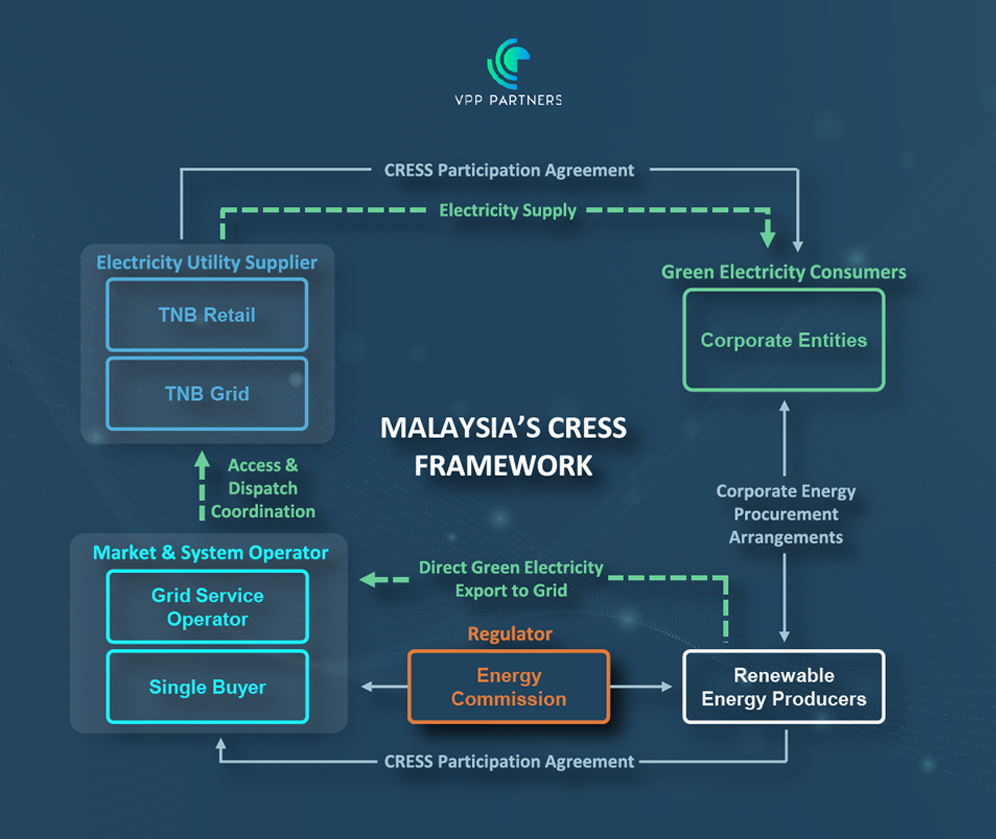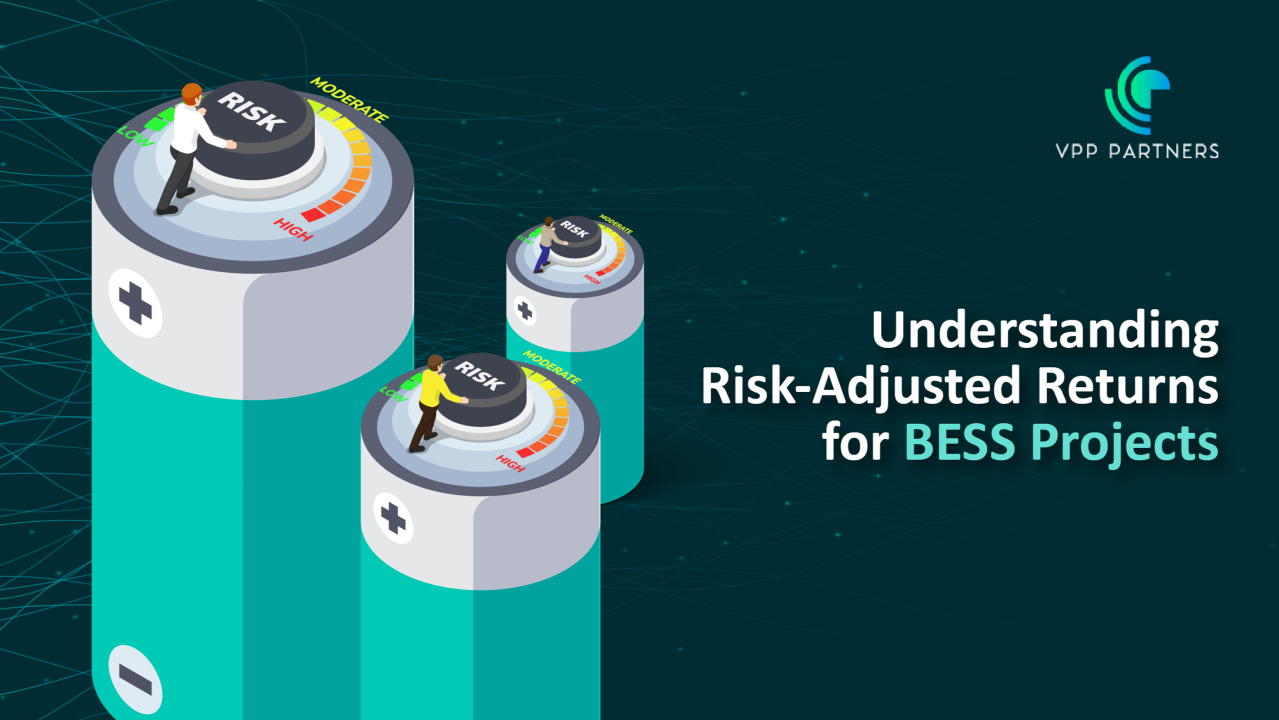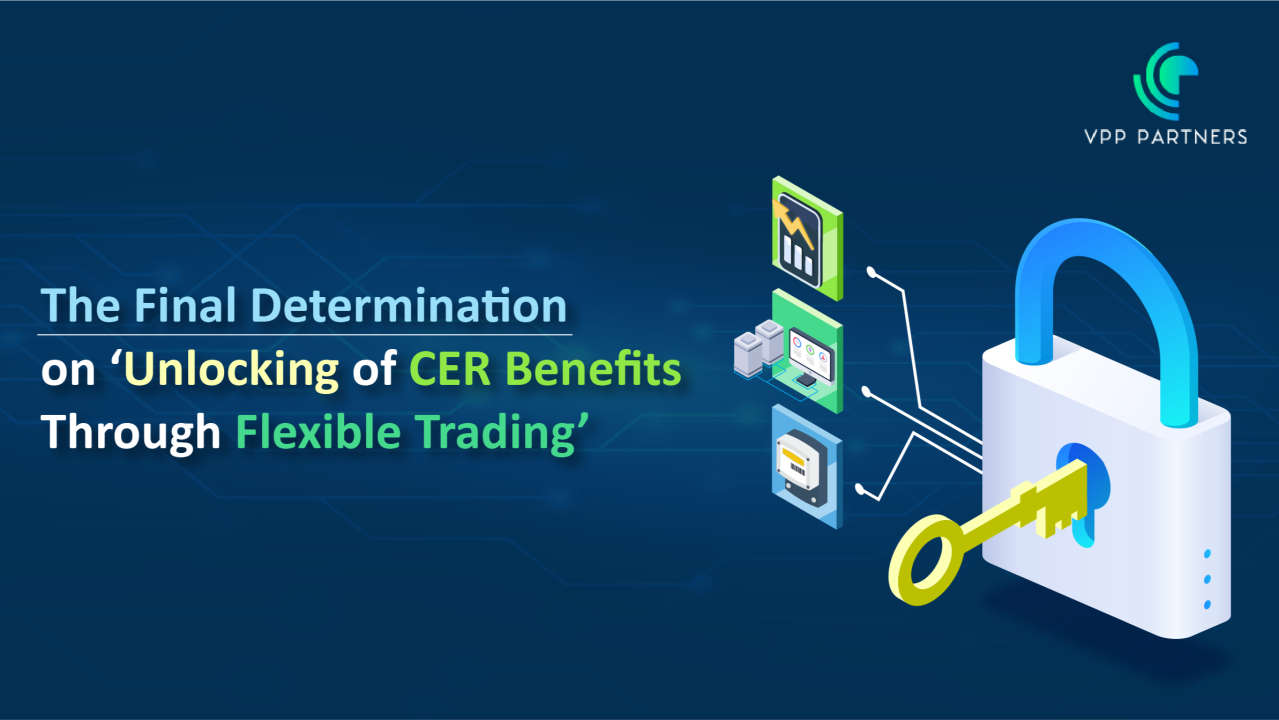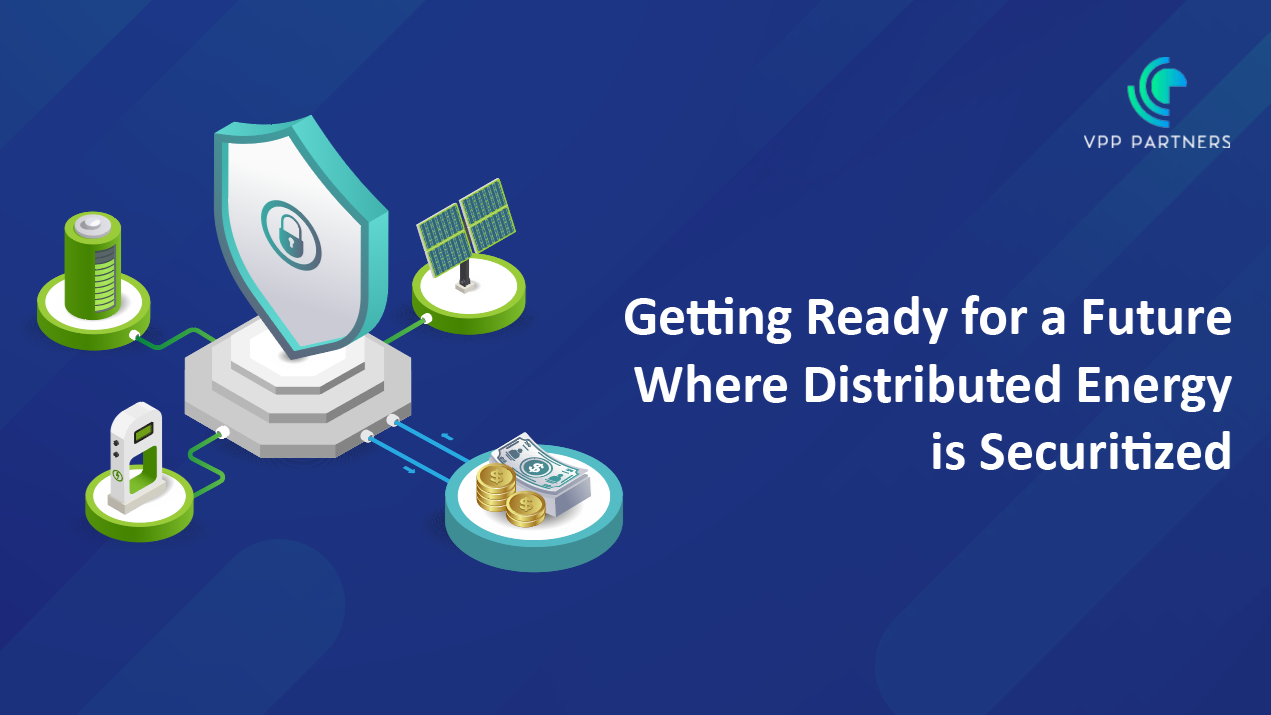CRESS: Malaysia’s New Renewable Energy Initiative
Introducing Malaysia’s Corporate Renewable Energy Supply Scheme (CRESS)
Malaysia is taking a significant step towards a greener future with the planned launch of the Corporate Renewable Energy Supply Scheme (CRESS) this September. This initiative, part of the GREENS MADANI Initiative, aims to enhance corporate access to green electricity and support the country’s energy transition goals.
What is CRESS?
CRESS is a framework designed to allow renewable energy producers and corporate consumers to arrange green electricity supplies through an open grid access model. This means third parties can supply or acquire electricity via the grid network system with a predetermined system access charge.
Framework and Parties Involved
Under CRESS, renewable energy producers and eligible corporate entities can negotiate and agree on terms for green electricity supply. The Energy Commission will regulate the program, while the Single Buyer (SB) and Grid System Operator (GSO) will manage market and system operations. Tenaga Nasional Berhad (TNB) will continue as the electricity utility supplier, ensuring consistent delivery of electricity.

Benefits of CRESS
Market Liberalisation:
- CRESS represents a progressive step towards energy market liberalisation, reducing risks and costs in the national electricity supply system and providing fair competition opportunities for developers.
- By allowing third-party access to the grid, CRESS encourages a more competitive market, which can lead to innovation and lower electricity prices for consumers.
Investment and Job Creation:
- The program is expected to generate over RM10 billion in direct investments.
- It is also projected to create nearly 14,000 new jobs in the renewable energy sector, providing significant economic benefits and supporting the growth of the green economy.
Carbon Emission Reduction:
- CRESS aims to increase renewable energy capacity from the current 26% to 40% by 2035 and 70% by 2050.
- This increase in renewable energy capacity is expected to reduce carbon emissions by 701,000 tons of CO2 annually, contributing significantly to Malaysia’s climate goals.
Enhanced Corporate Sustainability:
- Corporate consumers will have more options to meet their green electricity commitments, supporting their Environmental, Social, and Governance (ESG) goals.
- This flexibility allows companies to align their energy consumption with their sustainability strategies, enhancing their corporate reputation and competitiveness.
Potential Disadvantages and Key Concerns
Grid Reliability and System Access Charges:
- Grid Reliability: The reliance on the existing grid infrastructure for third-party access could pose reliability issues, especially if the grid is not adequately upgraded to handle increased renewable energy inputs.
- System Access Charges: Renewable energy generators must pay system access charges to use the grid. These charges can be higher for non-firm outputs, potentially making it less economically viable for some smaller or less stable renewable energy projects.
Market Competition and Fairness:
- Market Dynamics: The introduction of CRESS could lead to increased competition among renewable energy providers. While this can drive innovation and lower prices, it might also create challenges for smaller players who may struggle to compete with larger, more established companies.
- Fair Access: Ensuring fair access to the grid for all renewable energy providers is crucial. There could be concerns about whether all players, especially smaller ones, will have equal opportunities to participate in the scheme.
Financial and Regulatory Challenges:
- Investment Risks: The financial burden of transitioning to renewable energy can be significant. Investors and developers may face risks related to fluctuating costs of renewable energy technologies and potential changes in regulatory policies.
- Regulatory Compliance: Navigating the regulatory landscape can be complex. Ensuring compliance with all regulations and obtaining necessary approvals can be time-consuming and costly for renewable energy projects.
Environmental and Social Considerations:
- Land Use and Environmental Impact: Large-scale renewable energy projects, such as solar farms, require significant land use, which can impact local ecosystems and communities. Balancing the environmental benefits of renewable energy with potential negative impacts on land and biodiversity is essential.
- Community Acceptance: Gaining community acceptance for renewable energy projects can be challenging. Local communities may have concerns about the visual impact, noise, and other potential disruptions caused by renewable energy installations.
Impact on Green Consumers
Green consumers stand to benefit significantly from CRESS. They will have more options to meet their green electricity commitments, whether through direct purchases from renewable energy generators or via the TNB grid network. This flexibility supports corporate ESG goals and contributes to a more sustainable future.
Conclusion
CRESS is a promising initiative that aligns with Malaysia’s ambitious renewable energy targets. By facilitating greater access to green electricity and fostering a competitive energy market, CRESS is set to play a crucial role in the country’s energy transition journey. However, addressing the potential disadvantages and key concerns is essential to ensure the scheme’s success and sustainability.
If you have any further questions, please get in touch at hello@vpppartners.com.



